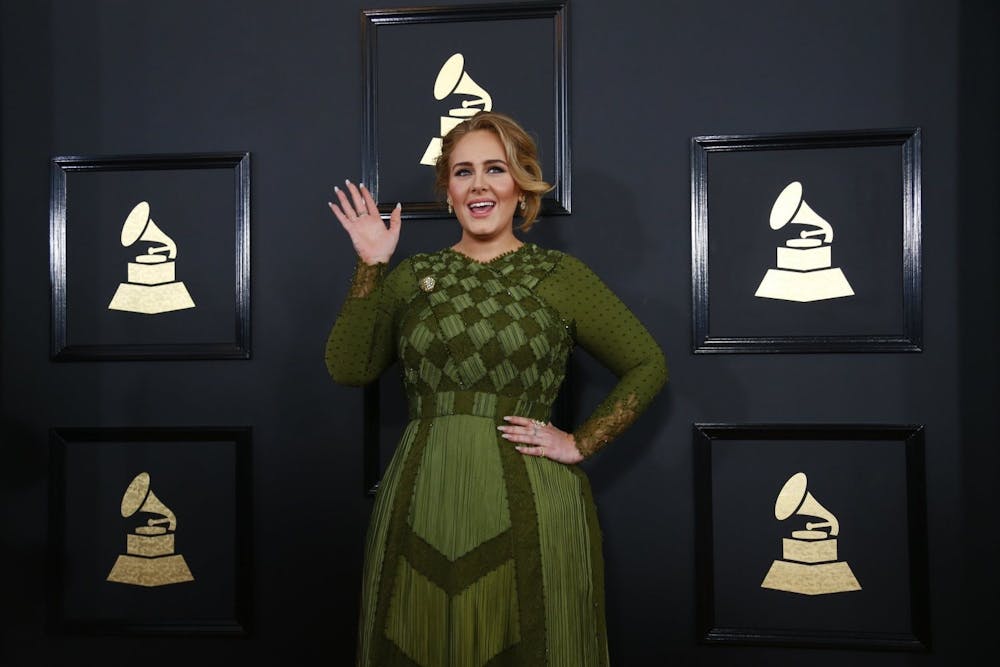Instead, she constructs consistently incredible collectives of songs, placing greater emphasis on the album rather than the track. She has even stated that she will not tour this album – another testament to her commitment to the music rather than the money.
Sales used for album chart placement are calculated by a combination of radio airplay, streams across various platforms and pure sales of both single tracks and the album itself – both physical and digital copies.
With the rise of streaming platforms like Spotify and Apple Music, pure sales are practically a thing of the past, besides the reemergence of vinyl records, which overtook CDs as the highest-selling physical music format last year.
RIAA, the industry standard of music sale certification in the U.S., counts 150 on-demand streams as a single sale. My most listened to song on Spotify last year was “Dog Years” by Maggie Rogers. However, I only streamed this song 67 times – I did not even stream it enough to qualify for half of a sale.
Relative engagement with the music industry has not decreased at all, but the mathematics behind streams has greatly decreased numerical interpretations of sales.
However, Adele’s masterful rollouts have historically exempted her from the commercial downfall associated with the streaming era.
Relatively speaking, Adele takes long gaps between albums: four years between “21” and “25,” six years between “25” and “30.” “21” was released in 2011 during a pre-streaming, iTunes-dominated era. Because “21” was released before the streaming era and was successfully targeted toward an unoccupied adult contemporary market, it thrived commercially.
“25,” in contrast, was released in 2015, a sweet spot between the iTunes and streaming eras. Her solution was to not release “25” on streaming platforms for eight months, forcing eager listeners to purchase the album.
For “30,” Adele’s team opted not to exempt the album from streaming platforms like its predecessor. Rather, they have placed their chips in the vinyl industry. 500,000 vinyl copies of “30” were processed in preparation for the release of the album, creating a worldwide LP shortage.
And now the world is watching: will she be able to sell one million in the first week? No album has done so since Swift’s “Reputation” in 2017.
My bet is yes. With such a wide-ranging fan base and massive promotions over the last few weeks, if anybody is going to sell a million copies in today’s music sphere, it’s going to be Adele. I’d even venture to say that this will be the last album to sell a million copies in its first week for an extremely long time.
And deservedly so. The album is a booming masterpiece – a fuller sound reminiscent of her freshman album “19.”
To get the day's news and headlines in your inbox each morning, sign up for our email newsletters.
Though it’s practically impossible to pick highlights from such a stellar album, “To Be Loved,” “Oh My God" and “I Drink Wine,” are some of the best songs she’s ever released (besides “All I Ask” from “25” — I have a particular sweet spot for that one).
Heartbreakingly honest with sweeping high notes, “To Be Loved” is a return to Adele’s roots – nothing but a piano accompanied by stunning vocals. It’s a lyrical magnum opus detailing the lessons learned from heartbreak and how difficult it is to find peace in loneliness.
“Oh My God” is a poppier sound than we typically get from her but provides a testament to her often unseen versatility. The chorus bounces and rolls in a way that I’ve never heard from an adult contemporary artist like Adele.
“I Drink Wine” is an open, realistic reflection on the confusing parts of life and rolling with the punches. It's a roadmap to finding the calm in the storm, and it’s a mid-album highlight that encapsulates the entirety of “30.” To close out the bridge, she belts “Sometimes the road less traveled is the road best left behind.”
I certainly won’t be leaving this album behind any time soon. Showcasing her colossal vocal talent and raw lyricism, “30” has made me fall in love with Adele all over again, like an old friend that comes around every five or six years.
@dthopinion
opinion@dailytarheel.com



